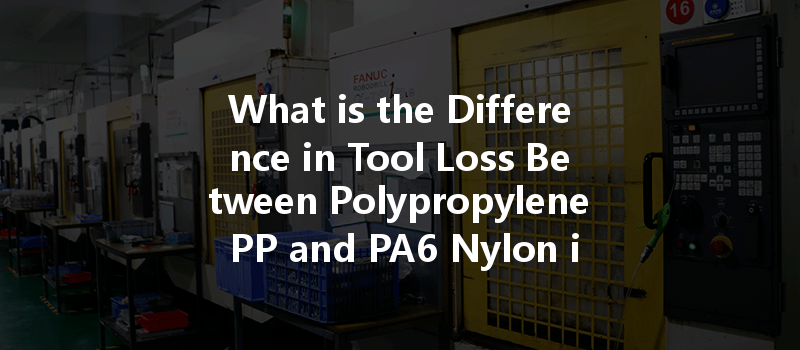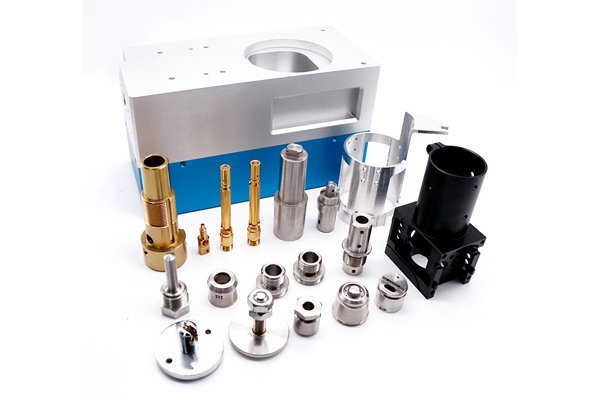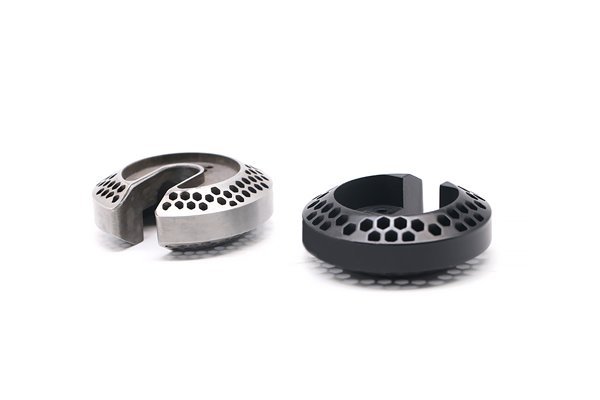Did you know that CNC machining has revolutionized the manufacturing landscape, with the global CNC machine market expected to reach approximately $117 billion by 2026? As industries continue to grow, understanding the nuances of different materials and their machining characteristics is crucial to optimizing production efficiency and minimizing costs. One significant issue that arises in CNC machining is tool loss, which can significantly impact productivity and overall project costs.
In this comprehensive blog, we will delve deep into the differences in tool loss between two prominent materials used in CNC machining—polypropylene (PP) and PA6 nylon. We’ll explore the mechanisms of tool wear, factors influencing tool loss, practical solutions, and much more.
Before we dive into the specifics of PP and PA6 nylon, it’s essential to grasp the basics of CNC machining and tool loss.
CNC Machining: Computer Numerical Control (CNC) machining is a subtractive manufacturing process that utilizes computer technology to control machining tools. Various tasks like drilling, milling, and turning are executed with precision, resulting in high-quality products.
Tool Loss: Tool loss refers to the deterioration of cutting tools due to their interaction with the workpiece material during the machining process. This wear can lead to increased production costs, decreased precision, and extended lead times.
Several factors contribute to tool loss during CNC machining, including:
3.1 Properties of Polypropylene
Polypropylene (PP) is a thermoplastic polymer widely used for its lightweight, flexible, and moisture-resistant characteristics. Here are some of its key features:
3.2 Properties of PA6 Nylon
PA6 nylon, also known as polyamide 6, is another widely used engineering plastic known for its strength and durability. Key features include:
The tool loss incurred when machining PP versus PA6 Nylon significantly varies due to their intrinsic material properties. Here, we analyze rate of loss and wear mechanisms concerning each material.
4.1 Wear Mechanisms in PP Machining
When machining polypropylene, the tool loss is generally low due to:
4.2 Wear Mechanisms in PA6 Nylon Machining
Conversely, machining PA6 nylon can result in higher tool loss due to:

Choosing the right tools for machining both PP and PA6 nylon is essential for optimizing performance and minimizing tool loss.
For Polypropylene (PP):
For PA6 Nylon:
By understanding the differences in tool loss for PP and PA6 nylon, manufacturers can implement targeted strategies to minimize wear. Here are some strategies to consider:
6.1 Optimize Machining Parameters
Adjusting speed, feed rate, and depth of cut based on the material being machined can drastically reduce tool loss.
6.2 Implement Effective Cooling Techniques
Using advanced cooling fluids and methods can help manage temperatures, reducing thermal-induced wear.
6.3 Regular Tool Maintenance
Frequent inspection, sharpening, and replacement of tools ensure prolonged tool life and accuracy in the machining process.
7.1 Machining Polypropylene in Automotive Applications
In automotive components, manufacturers have noted significantly reduced tool wear when switching to PP for non-structural parts, leading to cost savings and efficiency improvements.
7.2 PA6 Nylon in Aerospace Components
Conversely, aerospace manufacturers face challenges with tool loss when machining PA6 nylon due to its hardness, often resulting in the need for specialized cutting tools.
As technology advances, the development of new materials could influence tool loss rates significantly. Innovations may include:
Understanding the difference in tool loss between polypropylene (PP) and PA6 nylon is more than just a technical consideration; it is a fundamental aspect of optimizing CNC machining processes for various industries. By analyzing material properties, wear mechanisms, and practical solutions, manufacturers can make informed decisions that result in reduced costs and increased production efficiency.
In summary, while PP offers lower tool loss and simpler machining processes, PA6 nylon provides superior strength at the cost of increased wear rates. Each has its place in manufacturing—understanding when to use each material can lead to success in your machining projects.
This blog is essential for anyone involved in CNC machining and material selection. It highlights the intricate balance between tool management and material choice, reminding us that precision in manufacturing is as much about understanding materials as it is about mastering techniques.
Consider these insights and strive for optimal performance in your CNC machining tasks. After all, a small change in material choice can lead to significant savings in the long run.
Related Posts
- How to choose a reliable CNC machining supplier to ensure quality in your projects?
- What is the difference in wear resistance and mechanical properties between C260 brass and C36000 brass in CNC turning?
- What Are the Key Differences Between 316L Stainless Steel and 316 Stainless Steel in CNC Machining?






